

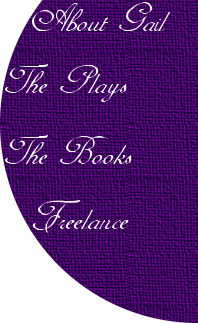
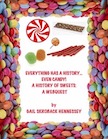

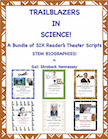

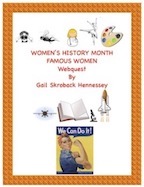
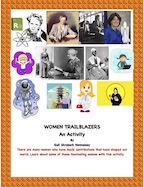
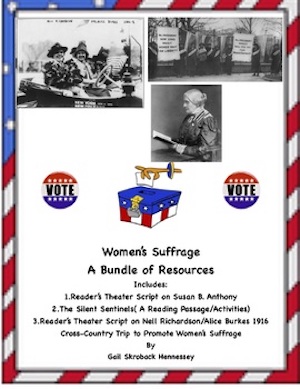
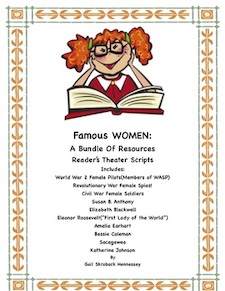
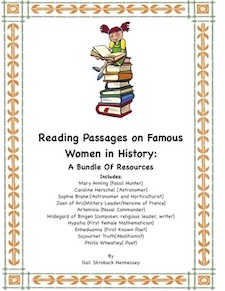
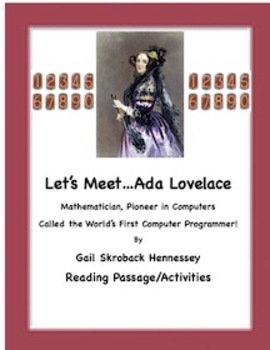
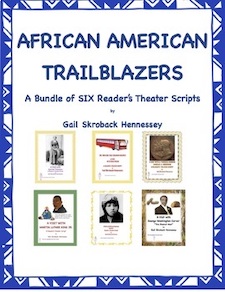
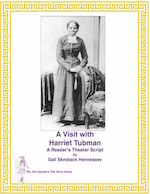
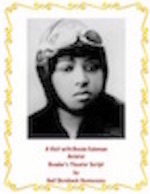

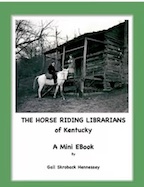
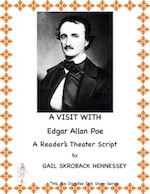
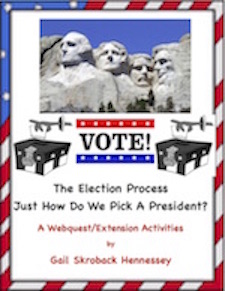
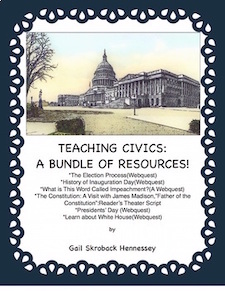
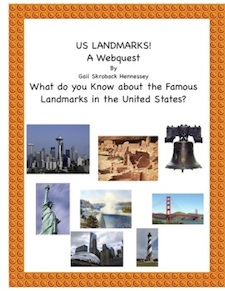

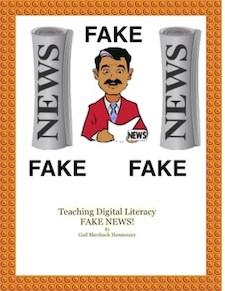
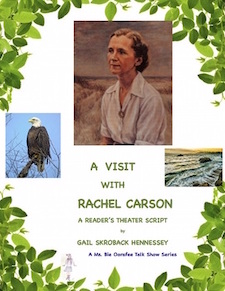
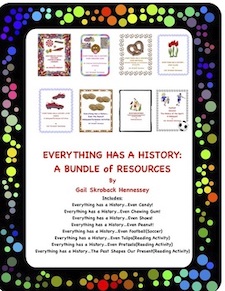
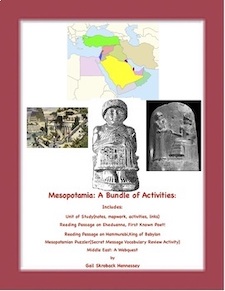
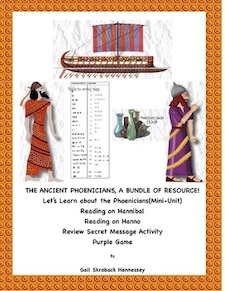
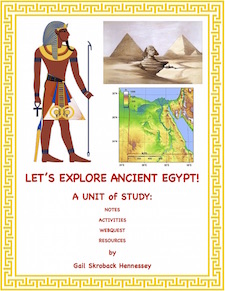
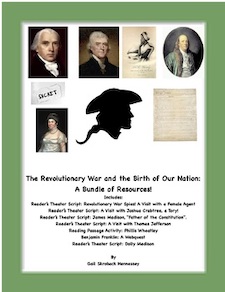
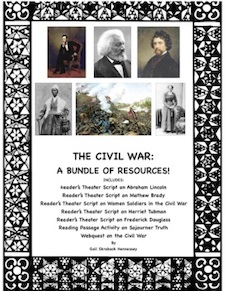
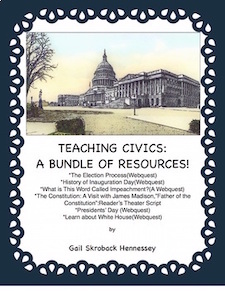
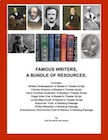
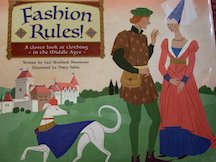
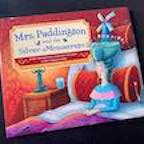
My Book-Mrs. Paddington and the Silver Mousetraps
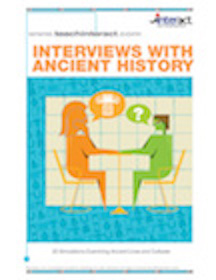

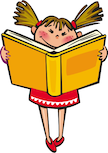
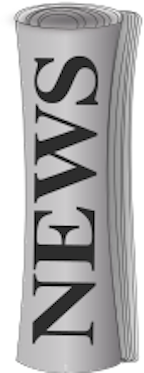
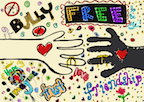
Anti-Bullying Resources

Bell Ringers!
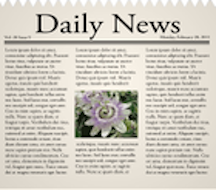
Updated regularly
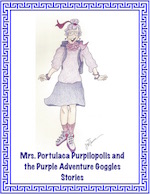
Mrs. Portulaca Purpilopilis
and the Purple Adventure Goggles
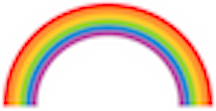
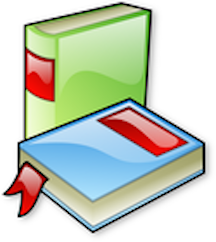
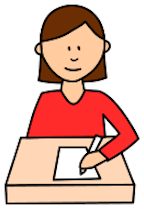
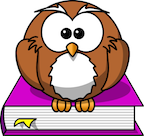
Facts to Wow your Friends!

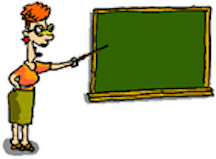 Teaching Ideas!
Teaching Ideas!

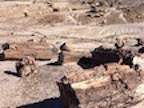

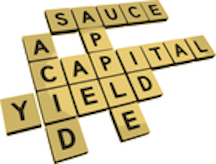

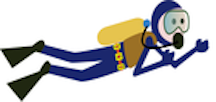


` `
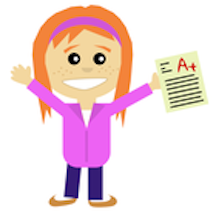

BRAIN FRYERS!
by Gail Skroback Hennessey
*The adult human brain weighs about 3 pounds!*
Scientists say that we learn in different way,that our two hemispheres take information in differently. Students will enjoy doing some of these brain activities to see just how their brains work. Fun things to do on a Friday or before a holiday!
“Aoccrding to rscheearch at Txes M&A Uinervtisy, it deosn’t mttaer in waht oredr the ltteers in a wrod are, the oln iprmoetnt tihng is taht the frist and lasat letteer be in he rghit pclae. The rset can be a total mses and you can sitll raed it wouthit a porbelm. Tihs is bcuseae the huamn mnid deos not raed ervey lteter by istlef, but the wrod as a wlohe.”
* Note : This was difficult to type!
2. Try this activity:
Place words on the overhead and ask the students to study the words for a minute. Next, remove the list from view and have the students write down as many words as they can remember on a piece of paper.
panda bear
sunset
butterfly
mountain
diamond
snow
lightning
doorknob
puppy
computer
Do the activity again, with the following words.
ski
number
deep
found
laugh
idea
group
yell
measure
slide
Ask the students if they found one of the lists easier to remember? Why do you think this was so? Most students will probably say they did better on the first list, being able to make connections easier(the right side of our brain)
Go to this site: Washington Edu. and try Face Recognition.
4. Place this list on a piece of paper,writing the words in different colors.
1. Blue
2. Green
3. Red
4. Orange
5. Purple
6. Brown
7. Yellow
8. Black
9. Pink
10. Turqouise
Have students take turns doing the following:
A. Read the COLORS that you see as quickly as you can.
B. Now read the WORDS that you see as quickly as you can.
Which is harder to read aloud without mistakes? It may be harder to read the COLORS but not the WORDS. Again, the left side of the brain reads the words and the right side of the brain “sees” the colors. This is called the “Stroop Effect” named after J. Ridley Stroop that discovered this strange brain activity in the 1930s.
5. Try this activity:
A. Place the following notes on the overhead or chalkboard:
How Geography Effects us:
1. Greeks: have water on 3 sides of them. Turned to the sea
2. Egypt: only fertile land is along the Nile River causing much overcrowding.
3. Europe: Need for spices to preserve food led to exploration to find faster routes to the Indies.
4. China: Mountains, desert and ocean “isolated” it from other countries.
5. Japan: Few natural resources led to attack on other nations in the 1930s.
6. California: gold discovered caused people to move west.
Leave up for a minute and then remove. Ask the students to remember as many facts as they can AND in which order they were presented.
B. Try again....this time. Place the information in a web using different color markers/crayons. Remove. Ask the st u dents to think in terms of a clock. What was at 12 o’clock? 6 o’clock? 9 o’clock? etc.
Which of the two types of “notes” were easier to remember?
Some will say the color and web design was easier. Others will say orderly numbered notes were easier to remember.
ADDITIONAL FUN BRAIN ACTIVITIES:
* Although I’ve reviewed these sites for use with students, always check them yourself before allowing your students to go to the sites and monitor that they don’t click anywhere but where you send them.
1. Washington Edu Find out how to say “brain” in different languages!
2. Washington Edu. Can you identify a face that you see? Try this activity-How is Your Memory for Faces?
3. Washington Edu Try a short term memory game.
4. Washington Edu Test your reaction time with this activity or this one:Washington Edu
5. Optical illusions at: Washington Edu (scroll down to visual illusions)
Your brain hemispheres and how they work:
*from: Brain.web-us
Left Hemisphere Style
Rational
• Responds to verbal instructions
• Problem solves by logically and sequentially looking at the parts of things
• Looks at differences
• Is planned and structured
• Prefers established, certain information
• Prefers talking and writing
• Prefers multiple choice tests
• Controls feelings
• Prefers ranked authority structures
Right Hemisphere Style
Intuitive
• Responds to demonstrated instructions
• Problem solves with hunches, looking for patterns and configurations
• Looks at similarities
• Is fluid and spontaneous
• Prefers elusive, uncertain information
• Prefers drawing and manipulating objects
• Prefers open ended questions
• Free with feelings
• Prefers collegial authority structures
Characteristics of Right Brainers
*from: Homework Tips
• You take notes but lose them. You may have a hard time keeping track of your research
• You might have a hard time making up your mind
• You are good with people
• You don't fall for practical jokes as easily as some
• You seem dreamy, but you're really deep in thought
• People may have told you you're psychic
• You like to write fiction, draw, or play music
• You might be athletic
• You like mystery stories
• You take time to ponder and you think there are two sides to every story
• You may lose track of time
• You are spontaneous
• You’re fun and witty
• You may find it hard to follow verbal directions
• You are unpredictable
• You get lost
• You are emotional
• You don't like reading directions
• You may listen to music while studying
• You read lying down
• You may be interested in “the unexplained”
• You are philosophical
Characteristics of Left brainers
* from: Homework Tips
• You probably work with a To-Do list
• You like to be the critic in class
• You're good at math or science
• You are rational and logical
• Your research is precise and well-documented
• You set goals for yourself
• You can interpret information well
• Your room is orderly
• You can answer questions spontaneously
• You follow directions and you do read directions (unlike some people)
• You aren't touchy-feely
• You can listen to a long lecture without losing patience
• You don’t let feelings get in your way
• You like action movies
• You read sitting up
• Your words are precise
Check out these Brain Trivia Facts:BRAIN FACTS!
Note:Illustration from WPClipart.com